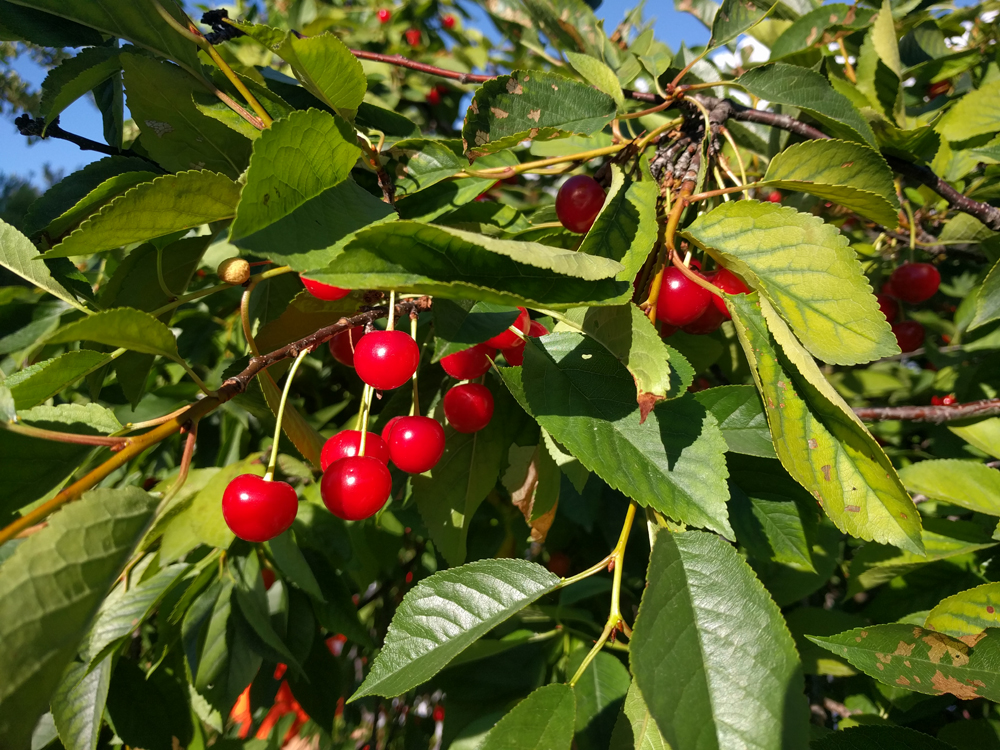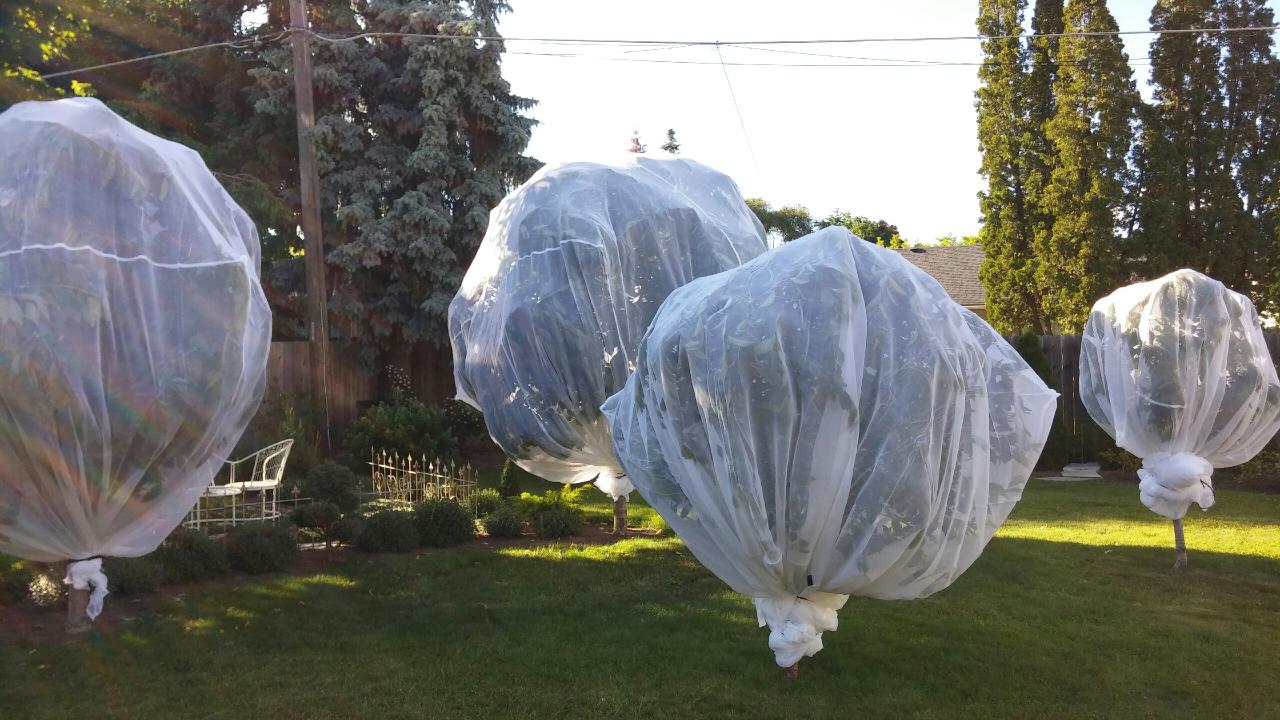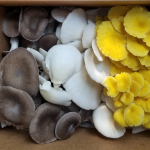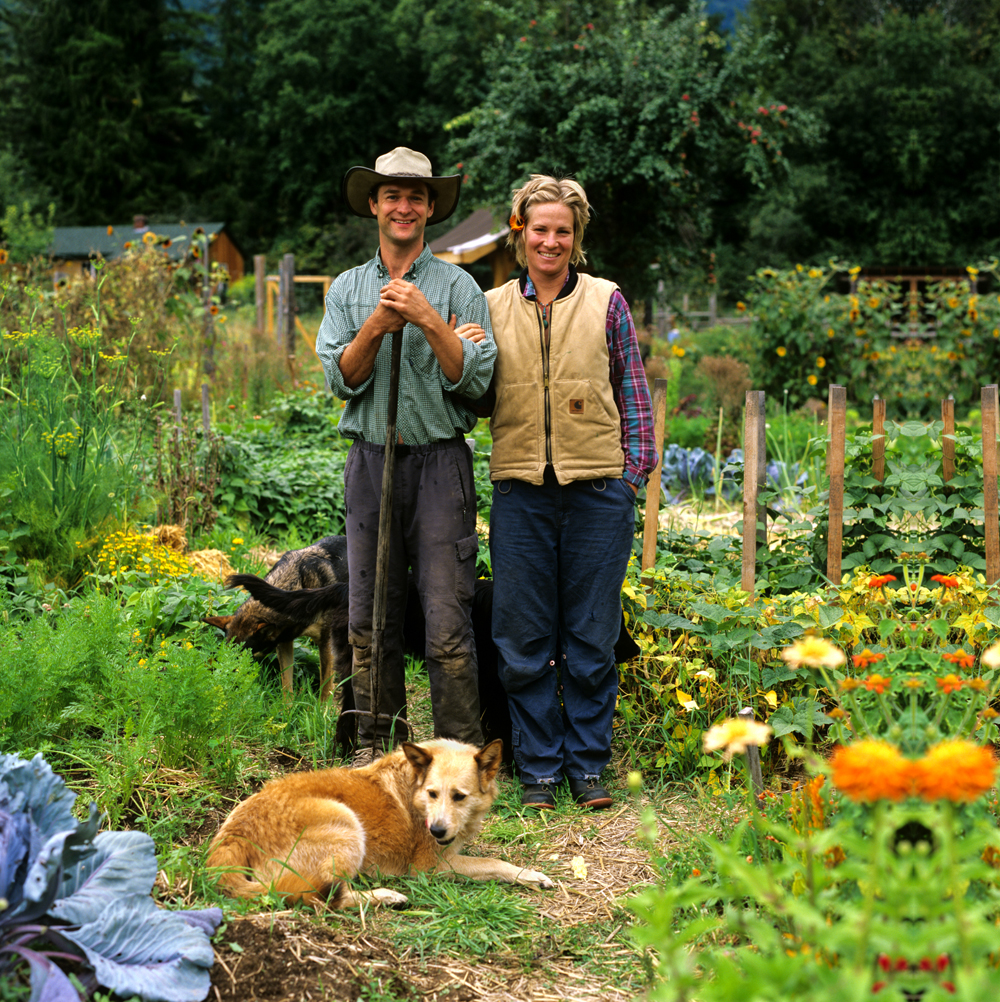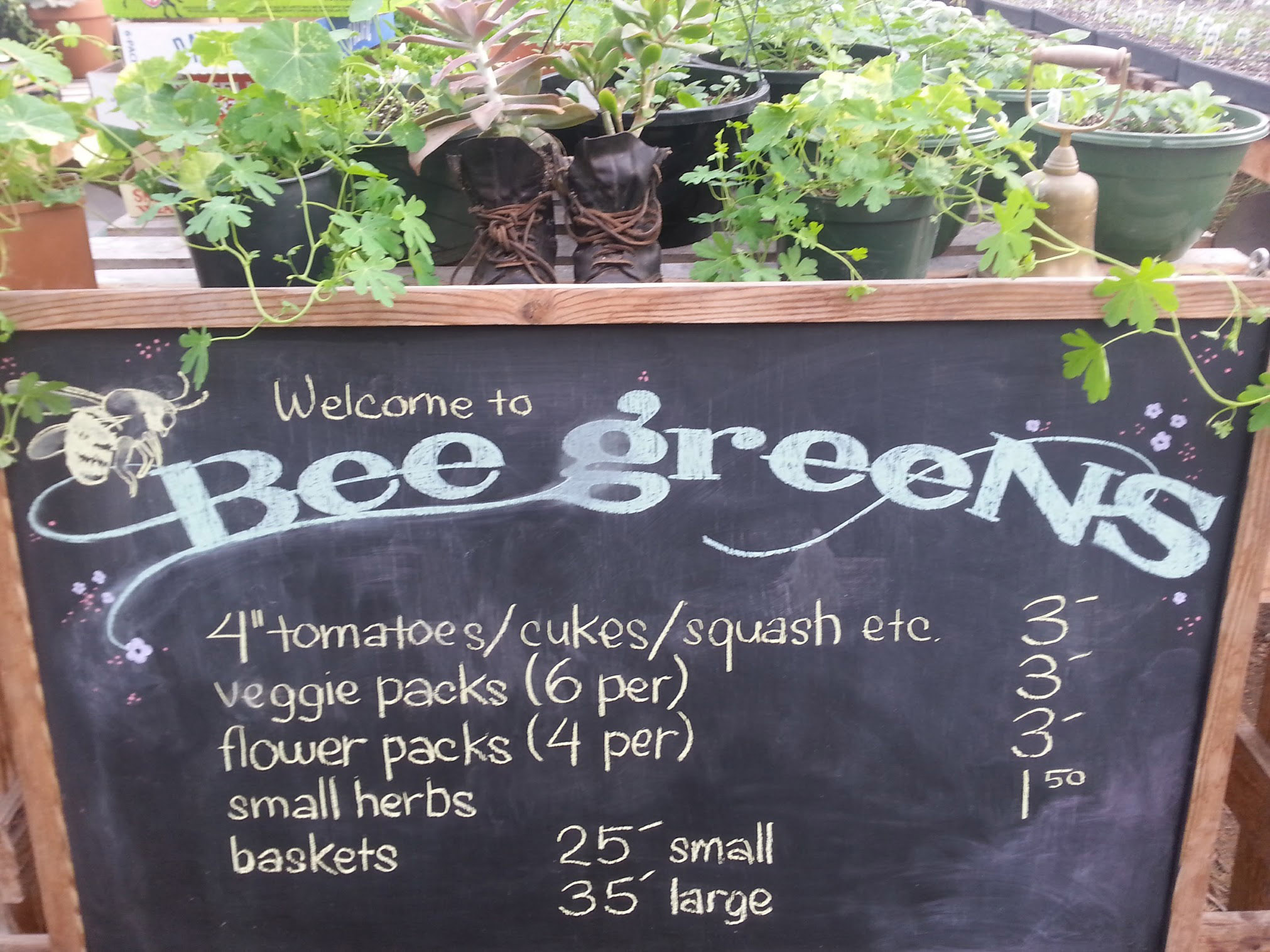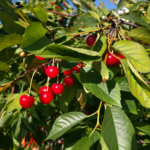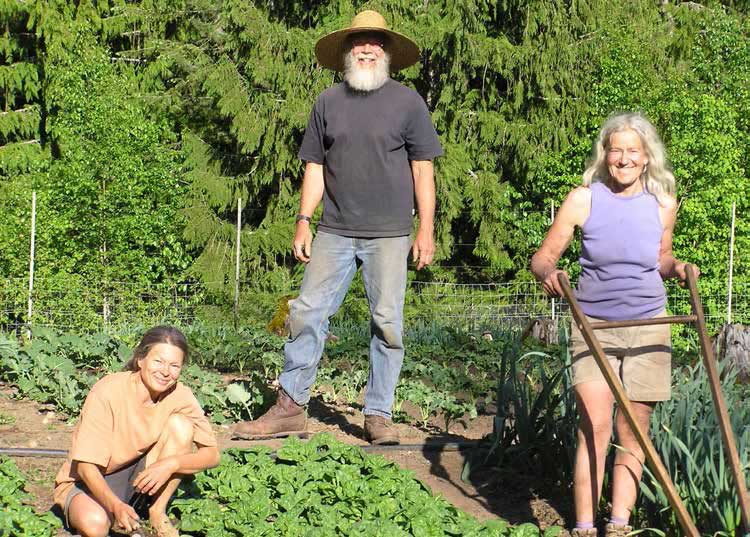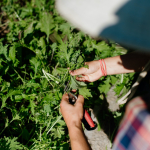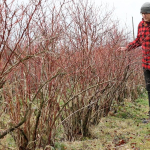iCertify: Mr. Mercy’s Mushrooms
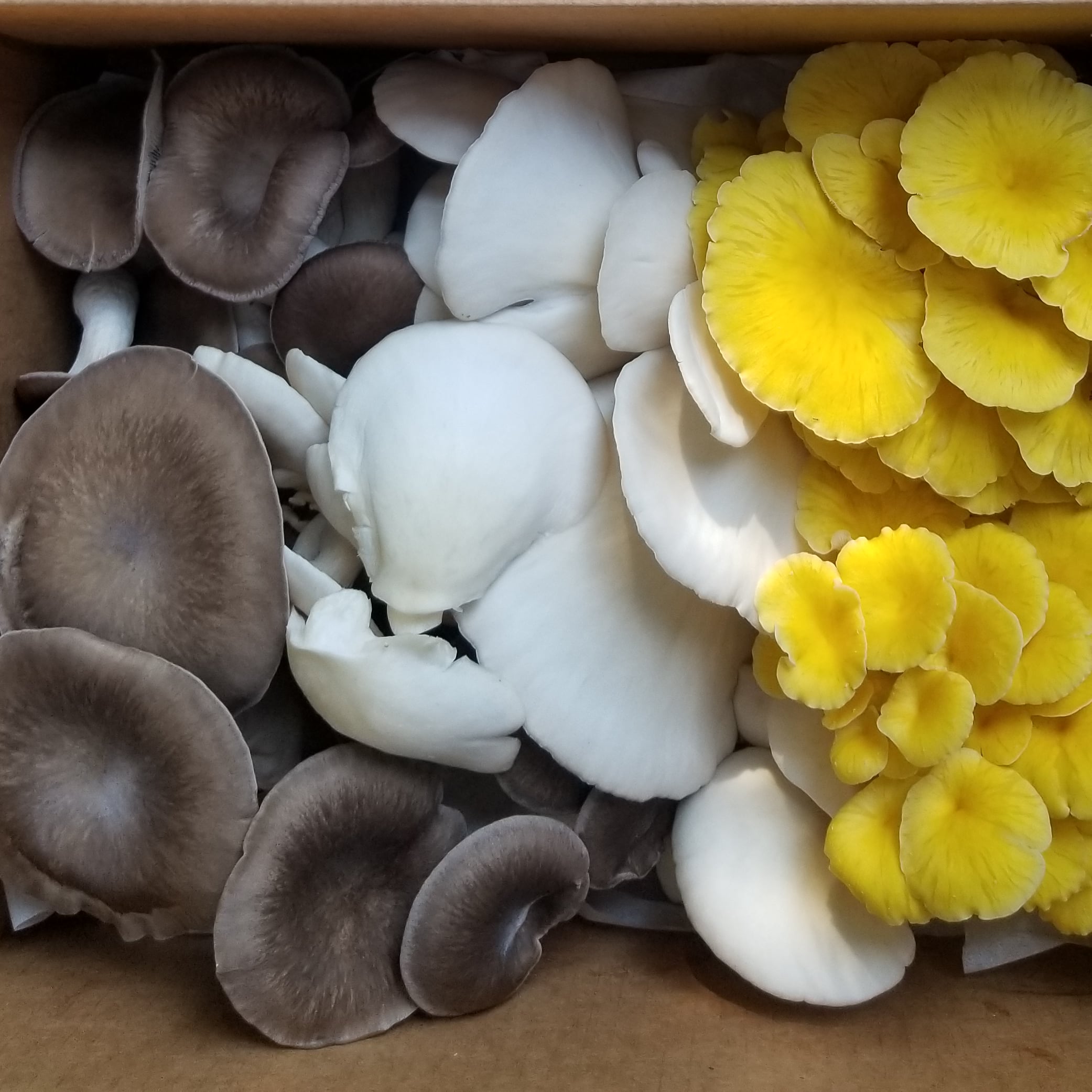
Corinne Impey
Mr. Mercy’s Mushrooms is a family-run seasonal mushroom farm in Kaslo, BC.
Now in their fifth year of business, and their second year being BC Certified Organic, they specialize in gourmet mushroom varieties such as shiitake, oyster, and lion’s mane, among many others. They also produce spawn, grow-at-home kits, and other cultivation supplies.
As a member of the Kootenay Organic Growers Society (KOGS), Robin Mercy of Mr. Mercy’s Mushrooms was able to use iCertify for the first time in 2021 to complete their annual certification online.
“Although there were some small redundancies as I moved over from the old system to iCertify, I felt that for the most part the system was intuitive and there wasn’t too much of a learning curve,” says Robin. “There was a bit of work to be done reformatting some of my information to align with new wordings and questions, but I’m hopeful that come 2022, a renewal should be much easier using this system.”

Robin was one of many operators from KOGS who used iCertify for the 2021 season.
“KOGS was very excited to begin transitioning part of our membership this year to the iCertify platform,” says Emma Sowiak, KOGS chair. This was in part because it meant lightening the load on their certification committee—by moving away from boxes of hefty paper files—and also because it afforded them the opportunity to refresh their current application.
“iCertify has added more scope and detail to the application process, especially for our specialty growers like Robin. For example, this gives both the operator and the certification committee a better understanding of what is involved in growing organic mushrooms!”
For Robin at Mr. Mercy’s Mushrooms, a few key features in iCertify stood out.
“I think the way that it’s possible to choose which sections apply to your operation is really important. As a producer of mushrooms that are container-grown in greenhouses, there’s a lot of differences between my application and a typical soil-based crop application, and it’s nice to be able to choose up-front which parts of the application are relevant.”

He also used iCertify’s newest feature, a searchable database of input products that have already been approved by each participating certifying body (CB) for use in organic production.
This new feature includes a simplified way for members to request and receive approval for products directly from within the iCertify portal. It also includes the ability for each member to track their own list of approved products and monitor the approval expiry dates.
“Most of my inputs had not been listed yet, but I think it’ll be easy and quick to get input approval in the future once the list is expanded,” says Robin. “And even though individual CBs are still responsible for approving inputs and applications, it’s nice to have some shared information.”
Beyond completing his application and looking forward to using the approved products database, Robin also says iCertify has great value for the industry as a whole.
“I think it’s important to have a standardized application process province-wide, and an online one like iCertify seems like the best choice.”
Now that his online application has been submitted, Robin is looking ahead to what the rest of 2021 has in store for Mr. Mercy’s Mushrooms.
“Since the beginning of the pandemic in 2020, there’s been a big increase in inquiries about growing supplies,” says Robin. “We’re responding to that need by focusing on producing high quality kits and spawn, and creating educational media and courses outlining ways to grow mushrooms at home. We are also working to get more of our products available for online purchase. On the fresh mushroom front, we’re hoping to increase production by around 50%, and expand our Mushroom Box CSA program to Nelson, BC. It’s a lot to keep up with, but should be a very exciting year for us!”
Funding for this project has been provided by the Governments of Canada and British Columbia through the Canadian Agricultural Partnership, a federal-provincial-territorial initiative, under the Canada-BC Agri-Innovation Program. The program is delivered by the Investment Agriculture Foundation of BC.
Featured image: A selection of certified organic mushrooms. Credit: Mr. Mercy’s Mushrooms





